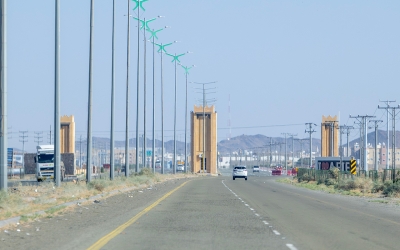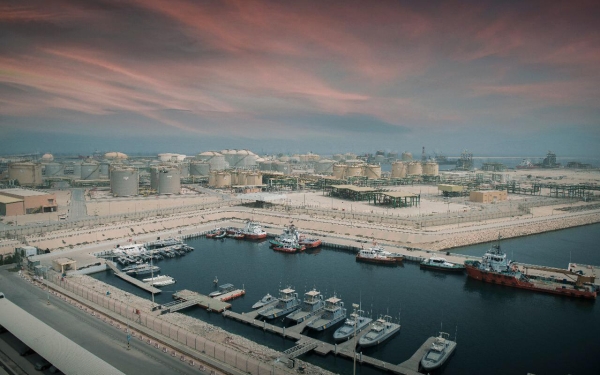
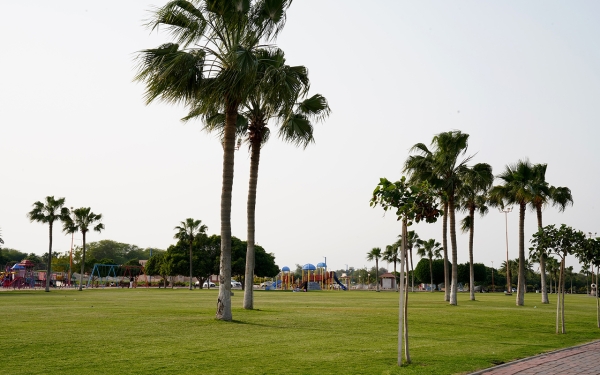
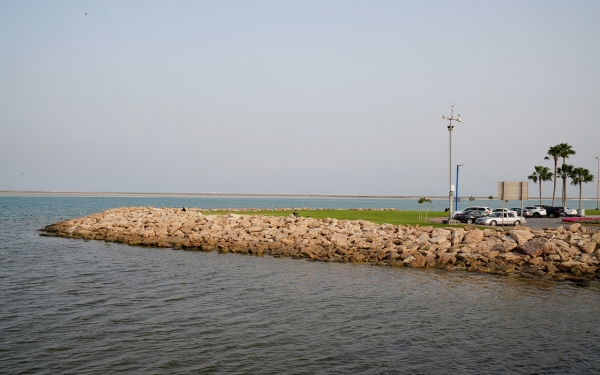
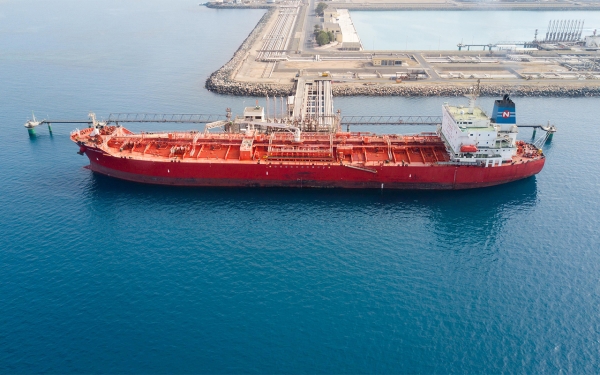
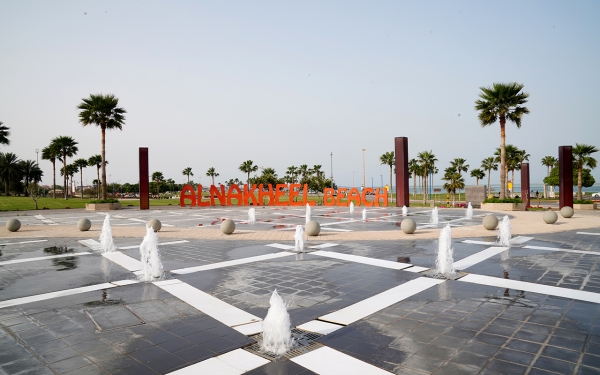
Jubail Governorate (Muḥāfaẓat al Jubayl) is one of the Eastern Province governorates in the Kingdom of Saudi Arabia. It has been known since ancient times and has a great historical legacy. It comprises Jubail Balad (the Old Town of Jubail). It is the center of Jubail City and the residence of its native people. The governorate also consists of Jubail Industrial City, which was established in 1975, thus becoming the largest industrial city in the world on the coast of the Arabian Gulf. It includes industrial complexes, major facilities, and ports, and contributes approximately 7 percent to the Kingdom's gross domestic product (GDP).
The Location of Jubail Governorate
Jubail Governorate is located north of the Kingdom's eastern coast. Along with Khafji Governorate, it draws the end of the Kingdom's coastal line on the Arabian Gulf. To the north, it is bordered by Khafji Governorate, to the west by Nairyah Governorate, and to the south by Ras Tanura, al-Qatif, Buqayq or Abqaiq, and Dammam City.
The Population of Jubail Governorate
Jubail comes fifth in the Eastern Province's governorates in terms of population, as 9.9 percent of the province's population, estimated at 505,162 inhabitants live in Jubail, according to the 2022 Saudi Census. According to the level of civil services in the governorate, Jubail is classified as a Category (A) governorate with three affiliated centers.
The economic status of Jubail Governorate
The governorate is an international industrial center. It was chosen in the 1970s as a destination to diversify the Kingdom's economic base and reduce its complete dependence on oil by establishing the industrial Jubail Governorate, which is the first Saudi industrial city. As a result, Jubail was transformed from a coastal village that mainly depended on pearl trade and fishing to an industrial turning point in the history of the Kingdom. The governorate is located on international sea crossings between the Arabian Gulf, Asia, and Africa. To the south, it is bordered by the Eastern Province's oilfields. It has had a maximal effect on the province's economic, social, and political indicators. Moreover, it is administered by the Royal Commission of Jubail and Yanbu.
The importance of Jubail Governorate
Historically, Jubail was part of the first slave civilization from south Mesopotamia, which was founded in the year of five thousand BC. It was also a part of the Middle Kingdom in the Arabian Peninsula, as it was a human settlement in the period extending from three thousand BC to three hundred AD. It was also known in the early Islamic eras as Ainin.
Tourism and historical sites in Jubail Governorate
Jubail encompasses seven beaches, including five in Jubail Industrial City, and two in Jubail City, in addition to several islands, such as Jazirat al-Jinna, al-Juraid island, and Karan Island, the most prominent of which is the island of Jinna. The governorate is home to historical and archeological sites, such as the Crease Archaeological Tower, built in 1928, and has witnessed the development of Jubail. It is connected with the era of the founding King Abdulaziz Bin Abdulrahman Al Saud. Other sites include Jabal al Bahri, the heritage site of Jubail Jumruk, Mardouma archeological site located in Jubail Industrial City, and one of the most important archeological areas discovered in 2011, in addition to Jubail Church located north Jubail Governorate discovered in 1986, the archeological site of Dosariyah southeast of the governorate, and al-Dafi archeological site in Jubail Industrial City uncovered between 1982 and 1986.
The governorate includes many tourist sites since Jubail Industrial City is one of the promising destinations in the marine tourism sector within the Eastern Province. It has a waterfront in the city center with an area of 69 ha. Finally, al-Fanateer Beach is the newest beach within the city, with an area of 19.3 ha.
Related quizzes
Related articles


